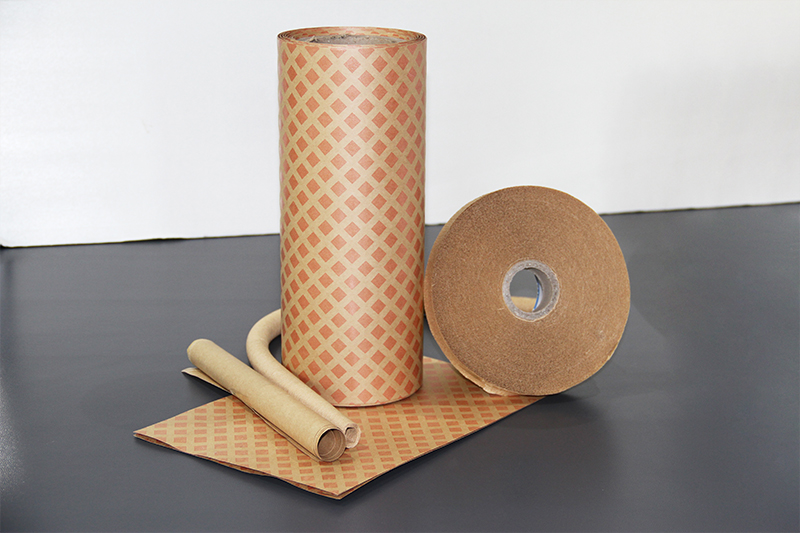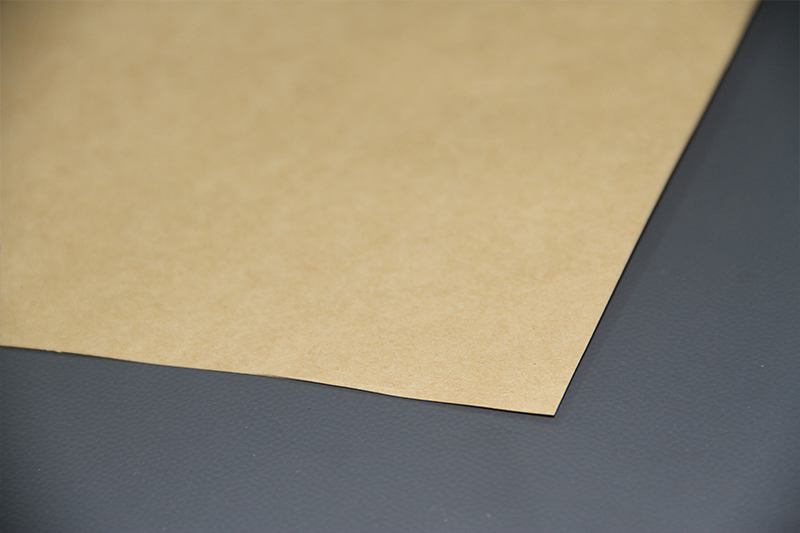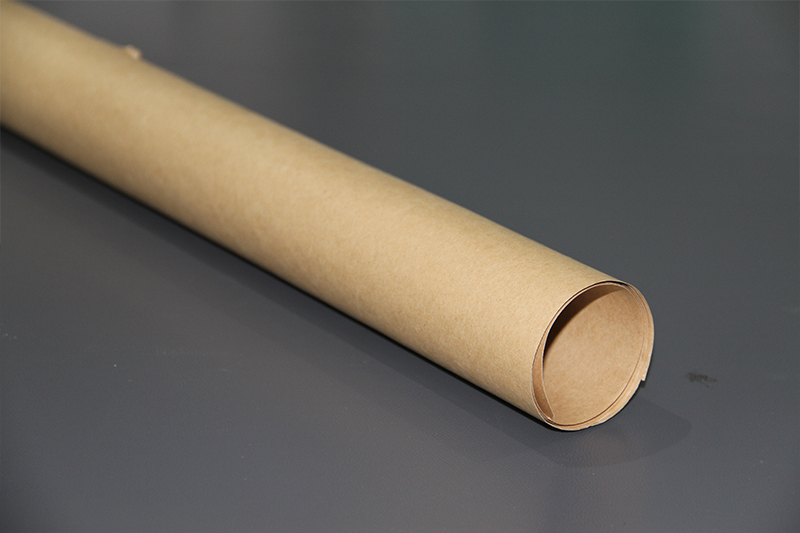In the operation of electrical equipment, the breakdown voltage of insulation paper is one of the core indicators for ensuring safe and stable performance. The requirements for breakdown voltage vary significantly under different frequency environments, making it essential to select insulation materials based on the specific application scenario.
Breakdown voltage refers to the voltage level at which an insulating material loses its insulating properties due to the applied electric field exceeding its maximum dielectric strength. At this point, the material experiences a breakdown — a sudden failure in insulation — and the corresponding voltage is defined as the breakdown voltage of the material.
In power equipment such as transformers, relays, and capacitors, the performance of insulation materials directly affects the reliability and service life of the devices. Since different insulation materials have vastly different breakdown voltages, choosing the right insulation paper is a fundamental step in ensuring long-term equipment stability.

As a commonly used material in electrical insulation, insulation paper is widely applied in various insulating components of power devices. Its breakdown voltage is one of the key parameters for evaluating its performance.
The breakdown voltage of insulation paper is closely related to the operating frequency:
· In low-frequency environments, insulation paper typically exhibits higher breakdown voltage.
· In high-frequency environments, the breakdown voltage decreases significantly.
This is because at higher frequencies, the dielectric molecules inside the insulation paper are subject to intense oscillations and friction due to electromagnetic waves. This friction generates heat, which in turn degrades the insulation properties of the material.
Therefore, when selecting insulation paper, it is critical to first define the frequency range of the intended application and then match it with materials that meet the breakdown voltage requirements under those conditions.

Selecting the appropriate insulation paper requires a comprehensive evaluation of the equipment’s operating environment, performance requirements, and the material’s multidimensional properties. The selection process can be guided by the following steps and criteria:
Start by identifying the operating frequency range of the equipment. Determine the breakdown voltage threshold the insulation paper must meet at that frequency to ensure it can withstand the maximum voltage during operation, thereby preventing dielectric breakdown.
Electrical Properties
Prioritize materials with high dielectric strength and low dielectric loss. High dielectric strength enhances resistance to breakdown, while low dielectric loss reduces heat generation during operation, minimizing the risk of insulation degradation.
Mechanical Properties
The insulation paper should meet the mechanical demands of both manufacturing and operational use—such as withstanding tension, pressure, and vibration. For example, insulation paper used in motors must have excellent flexibility and abrasion resistance.

Thermal Properties
Select the corresponding heat-resistant grade of insulating paper based on the long-term operating temperature of the equipment. Common grades include:
Class A (105°C)
Class B (130°C)
Class F (155°C)
Class H (180°C)
This ensures the material maintains performance under prolonged high-temperature conditions.
Environmental Adaptability
· Moisture Resistance: In humid environments, opt for materials with low moisture absorption (e.g., aramid paper) to prevent insulation degradation.
· Chemical Resistance: For oil-immersed equipment like transformers, select materials compatible with insulating oil (e.g., kraft paper with mineral oil).
· Radiation Resistance: In special environments such as nuclear facilities, use radiation-resistant materials like polyimide film.
Choosing the right insulation paper is critical to the safety and longevity of electrical equipment. In practical applications, it’s essential to fully understand the performance characteristics of various insulation papers and match them precisely with core requirements such as frequency, temperature, and environmental conditions. Doing so ensures that the selected material meets the necessary breakdown voltage and other key criteria for long-term, stable operation.
If you need our products please write down any questions, we will reply as soon as possible.
There are three ISO certificates for quality certification. The certificates will be shown later. ISO
After receiving the advance payment, the production cycle is 15-25 days. And the transportation cycle should be calcul……
We supply with installation guide and user manual for each transformer. If you do not understand them. We will offer v……